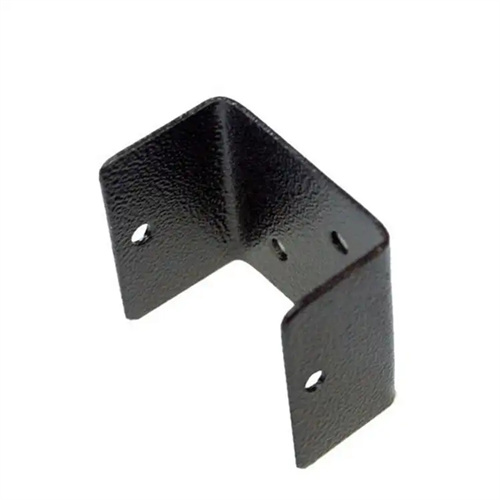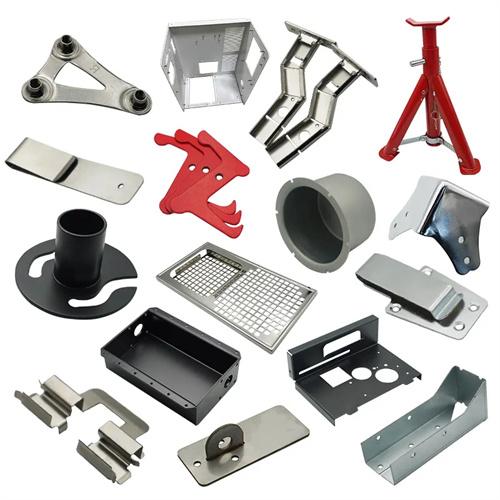Galvanized steel wire for mesh fence
Galvanized steel wire for wire mesh fencing is a low-carbon steel wire with a zinc coating. It offers excellent corrosion resistance, high strength, and good toughness, making it widely used in fencing applications in agriculture, animal husbandry, forestry, transportation, and municipal administration. Made primarily of low-carbon steel grades such as Q195 and Q235, with a carbon content between 0.12% and 0.22%, this ensures excellent plasticity and workability. The zinc coating is key to its corrosion resistance. Depending on the galvanizing process, it can be hot-dip galvanized or electro-galvanized. Hot-dip galvanized steel wire typically has a zinc coating thickness of 60-300g/m², offering strong corrosion resistance and a long service life. Electro-galvanized steel wire has a thinner zinc coating, typically 10-50g/m², making it suitable for applications where corrosion resistance is less critical. The diameter of galvanized steel wire for wire mesh fencing typically ranges from 1.5mm to 4.0mm, with a breaking strength of ≥300MPa and an elongation of ≥10%, making it suitable for withstanding moderate tension and impact.

The production process of galvanized steel wire for wire mesh fencing primarily involves wire rod pretreatment, wire drawing, and galvanizing. First, high-quality low-carbon steel wire rod is selected as the raw material. The wire rod is pickled to remove surface scale and oil, then phosphated to form a phosphate film on the wire surface to enhance the bond between the wire and the zinc layer. Next, the wire drawing process begins. The wire rod is drawn to the target diameter using a wire drawing machine. During the drawing process, the wire drawing speed and die wear must be carefully controlled to ensure dimensional accuracy and surface quality. The diameter tolerance is controlled within ±0.02mm. After drawing, the wire is galvanized. Hot-dip galvanizing involves immersing the wire in molten zinc (approximately 450°C) to form a uniform zinc coating. Electrogalvanizing involves depositing a zinc coating on the wire surface through electrolysis. After galvanizing, the wire is cooled, straightened, and wound. Finally, zinc coating thickness testing, tensile testing, and bend testing are performed to ensure product quality meets standards.

In agriculture and animal husbandry, galvanized steel wire is the primary material for fences. In farmland protection, mesh fences woven from 2.5mm diameter hot-dip galvanized steel wire effectively prevent livestock from entering fields and damaging crops. One farm saw an 80% reduction in crop losses after adopting this type of fencing. In livestock farming, fencing made from galvanized steel wire can be used to contain livestock such as cattle and sheep, preventing them from wandering off. The corrosion resistance of the zinc coating ensures the fences can last for over 5-10 years in outdoor environments. One farm’s fence remained in good condition after six years of use. Furthermore, in orchard protection, galvanized steel wire mesh prevents birds from pecking at fruit, thereby increasing yield and quality.

Galvanized steel wire is also widely used in the transportation and municipal sectors. Fences constructed from high-strength galvanized steel wire (diameter 3.0mm or greater) on highways and railways effectively prevent pedestrians and livestock from entering traffic routes, ensuring safe traffic flow. The use of this wire in fencing on one highway has reduced the accident rate by 30%. In municipal engineering projects, galvanized steel wire mesh is often used for fencing in parks, squares, green belts, and other places. It not only provides isolation and protection but also offers a certain aesthetic appeal. The fence at one city park still shows no visible rust after three years of use. Galvanized steel wire mesh fencing also provides security and theft prevention in important locations such as airports and ports.

As requirements for fence protection increase, the performance of galvanized steel wire for mesh fencing continues to improve, and its application areas are expanding. To meet the demands of harsh environments, high-zinc-coated galvanized steel wire (zinc layer thickness ≥ 300g/m²) has been developed. Its corrosion resistance is significantly enhanced, and its service life in coastal areas and humid environments can reach over 15 years. The use of this wire in the fencing of a coastal port has reduced maintenance costs by 50%. For applications requiring high strength, high-strength galvanized steel wire (breaking strength ≥ 500MPa) has been developed. It is suitable for protecting large-scale farms and critical facilities. The use of this wire in the fencing of a large logistics park has increased its impact resistance by 40%. Furthermore, improvements to the galvanizing process have further improved the uniformity and adhesion of the zinc layer, reducing zinc shedding. In the future, as requirements for safety and service life continue to increase, galvanized steel wire for mesh fencing will develop towards higher strength and corrosion resistance, while also placing greater emphasis on the use of environmentally friendly production processes.
